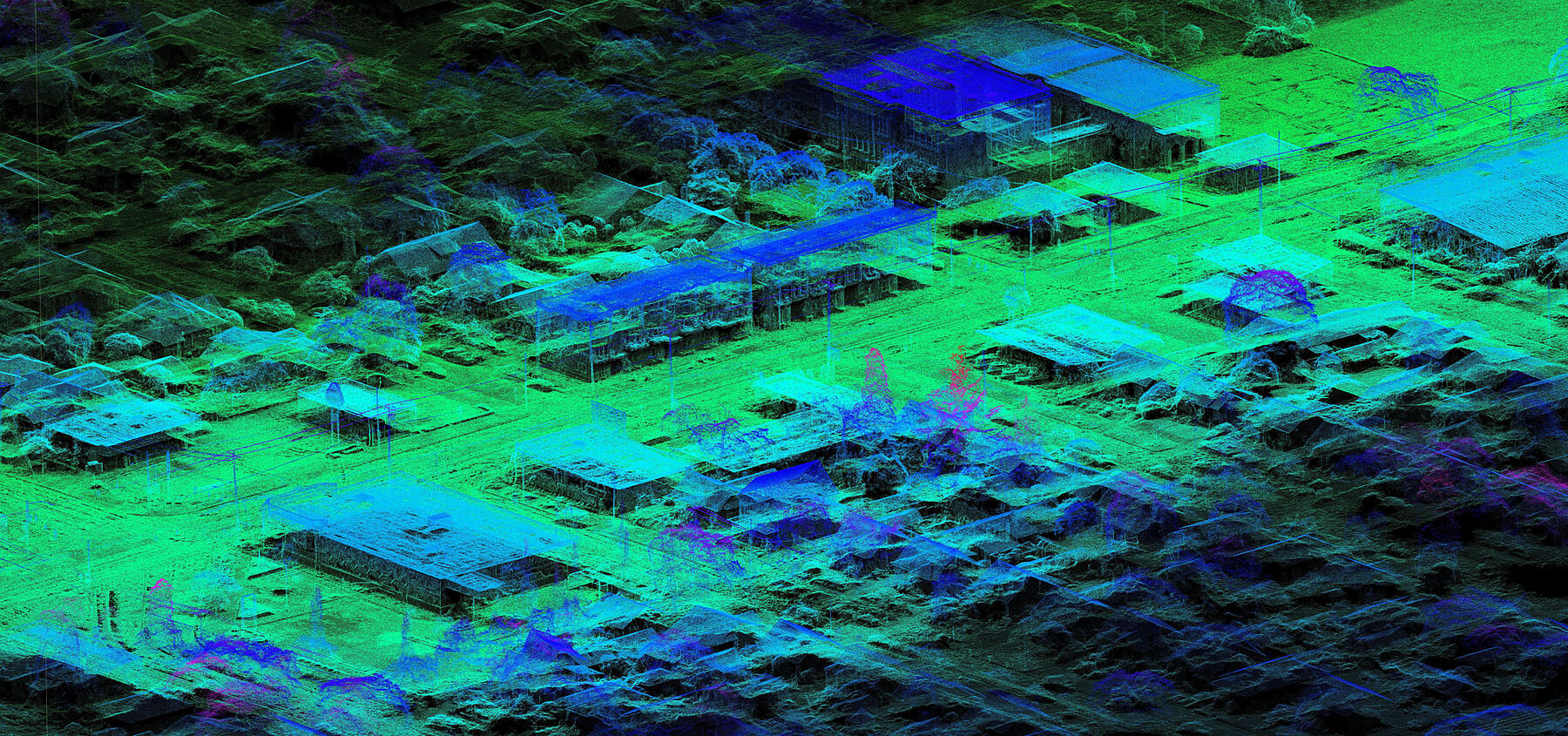Curator's Note
 Image from SITU Research's Portland Protest Reconstruction project
Image from SITU Research's Portland Protest Reconstruction project
Emergent technological and aesthetic forms of new media practice are radically redefining approaches to human rights activism, investigatory journalism, and nonfiction media culture. A range of artists, researchers and media collectives (such as Forensic Architecture, SITU Research, Logische Phantasie Lab, WITNESS, and INDEX) are taking up these emergent forms of media practice to transform the roles that the performative, ethico-aesthetic and technological play in the mediation of evidence and its capacity to intervene in humanitarian struggles. These forms of practice are creating new ecologies of media practice and collaboration that are yet to be properly examined or theorised. Moreover, within a political and cultural epoch marked by “post-truth” and “post-representation” discourses, these new visual and technological practices aim to reassert the role of non-fiction visual media forms to speak on behalf of often silenced and marginalised communities. As Ryan Watson and I have argued, “within these new ecologies of media practice, raw forms of media evidence are reframed and redeployed; entering large assemblages to examine—and concomitantly resist—various formations of state and corporate violence,” including humanitarian crises, sovereign violence, late-capitalist exploitation, police/state abuse, colonial atrocities, and genocide, amongst others (Smith and Watson, 2022).
The aim of this theme week is to bring together a range of key theorists, activists, and practitioners who are working on/in such a critical forensic mode to think about the pasts, presents and futures of these new forms of digital activism. How are mediation, activism and the counter-forensic co-constitutive here? What are the broader processes and infrastructures of mediation that are at work across these diverse networks and platforms? How does the critical forensic potentially alter or redeploy historical forms of mediated activism? It is crucial that we remain attentive to the fact that media forms and infrastructures have the power “to both exert or mediate physical violence,” and in a moment where “sensory perceptions, media technologies, and social life” are increasingly “interrelated” and codependent it is essential to critically and self-reflexively interrogate these emergent forms of mediated engagement (Budka and Brauchler, 2020).
Works cited
Philipp Budka and Birgit Bräuchler, eds., Theorising Media and Conflict (New York: Berghahn Books, 2020).
Patrick Brian Smith and Ryan Watson, “Mediated Forensics and Militant Evidence: Rethinking the Camera as Weapon,” Media, Culture & Society, Forthcoming 2022.
Add new comment